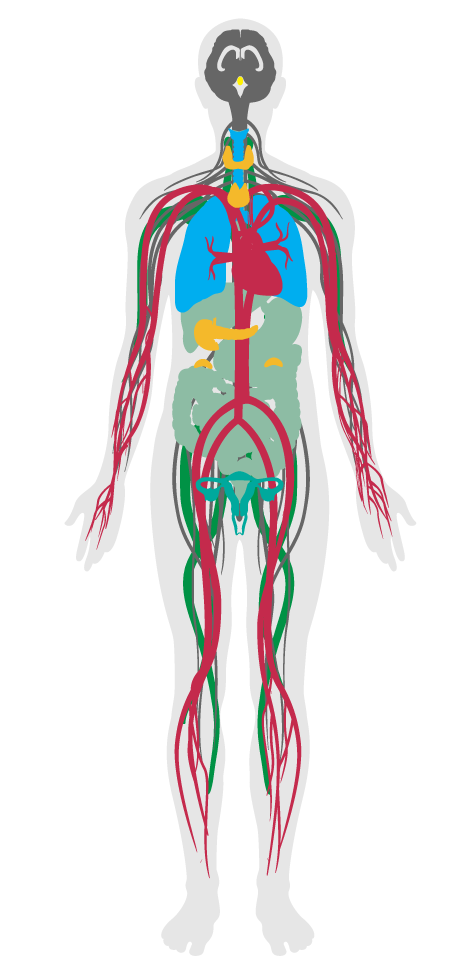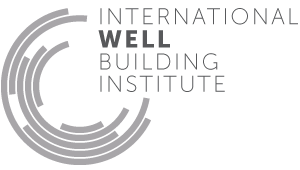Pesticide management
- 01 Air quality standards
- 02 Smoking ban
- 03 Ventilation effectiveness
- 04 VOC reduction
- 05 Air filtration
- 06 Microbe and mold control
- 07 Construction pollution management
- 08 Healthy entrance
- 09 Cleaning protocol
- 10 Pesticide management
- 11 Fundamental material safety
- 12 Moisture management
- 13 Air flush
- 14 Air infiltration management
- 15 Increased ventilation
- 16 Humidity control
- 17 Direct source ventilation
- 18 Air quality monitoring and feedback
- 19 Operable windows
- 20 Outdoor air systems
- 21 Displacement ventilation
- 22 Pest control
- 23 Advanced air purification
- 24 Combustion minimization
- 25 Toxic material reduction
- 26 Enhanced material safety
- 27 Antimicrobial activity for surfaces
- 28 Cleanable environment
- 29 Cleaning equipment
- P9 Advanced cleaning
10. Pesticide management
Approximately one billion pounds of pesticides are used in a typical year in the U.S. alone. Pesticides and herbicides contaminate rivers and streams, and seep into groundwater through runoff. A U.S. Geological Survey conducted in the 1990s detected pesticide compounds in virtually every stream in agricultural, urban and mixed-use areas, as well as in over 50 percent of sampled wells assessing ground water in agricultural and urban areas. Atrazine, one of the most widely used pesticides, is a suspected endocrine disruptor and is associated with cardiovascular problems. Long-term exposure to glyphosate, a widely used herbicide, may lead to kidney problems and reproductive difficulties.
This feature requires the creation of pest management systems that reduce pesticide and herbicide use and eliminate highly toxic chemicals. Most pest management systems do not prohibit the application of harmful chemicals, so this feature further requires that only approved products are used.
The following conditions are met for all pesticides and herbicides used on plants:

Applicability Matrix
| Core & Shell | New & Existing Buildings | New & Existing Interiors | |
|---|---|---|---|
| Part 1: Pesticide Use | P | P | - |
| Commercial Kitchen | Education | Multifamily Residential | Restaurant | Retail | |
|---|---|---|---|---|---|
| Part 1: Pesticide Use | - | P | P | P | P |
Verification Methods Matrix
| Letters of Assurance | Annotated Documents | On-Site Checks | |
|---|---|---|---|
| Part 1: Pesticide Use | Operations Schedule |
